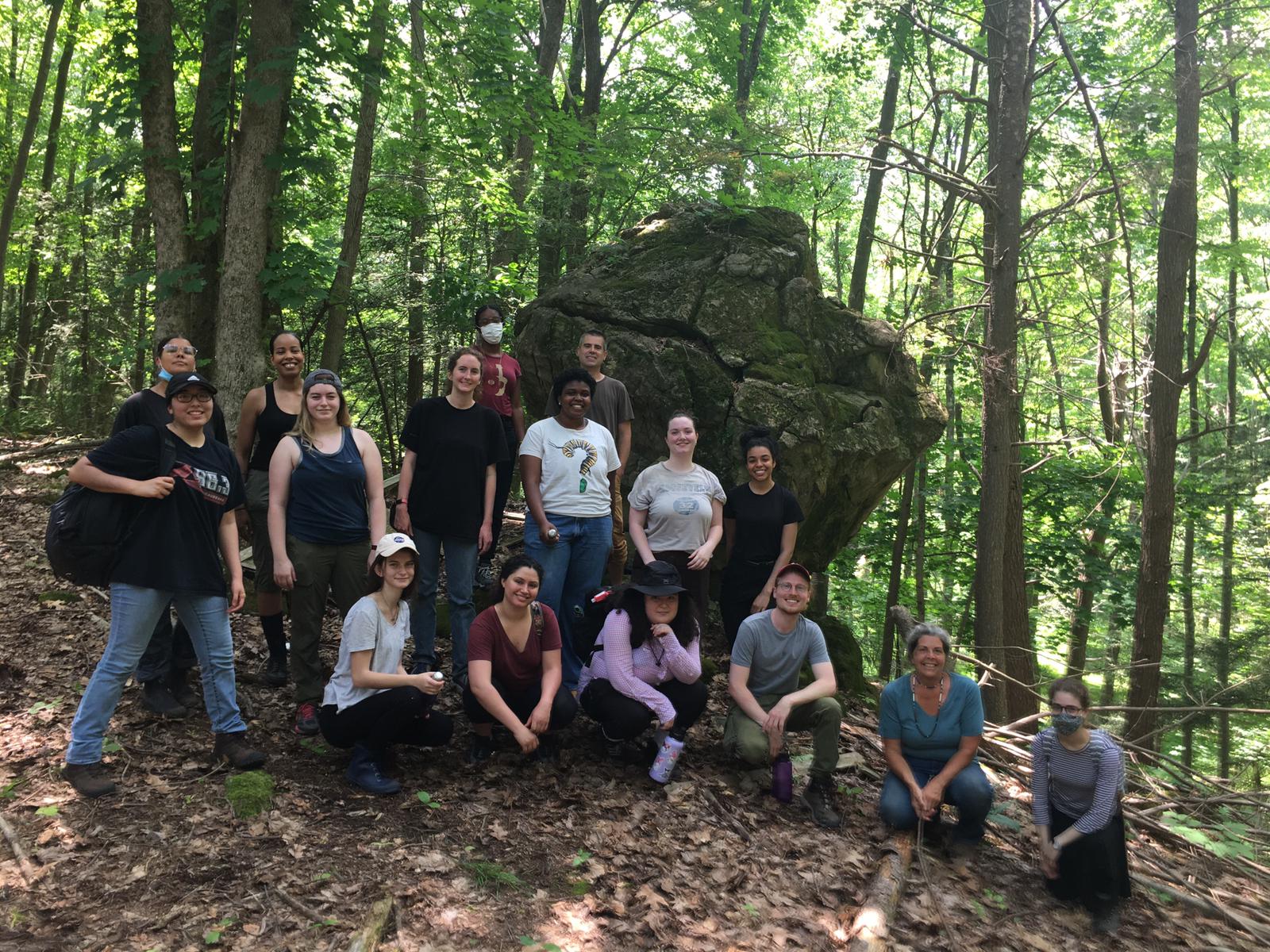Join the Native American and Indigenous Studies Initiative (NAISI) for the final Faculty Brown Bag of the semester with NAISI-affiliated Mellon Postdoctoral Fellow Eric Johnson. This talk summarizes Dr. Eric Johnson’s work as an archaeologist in what is today northern New Jersey. Wampum is well known for its place in Native Northeastern culture, spirituality, and international relations, particularly in the 17th century. However, less is known of wampum’s 18th and 19th century afterlife. By 1850, many Euro-American and African American residents of Bergen County were craft workers in a cottage industry that produced Native American shell beads, including wampum and hair pipes. These beads were exchanged with Indigenous peoples across the Midwest and Great Plains. Eric’s investigations into wampum crafting in Bergen County shines a new light on this history and its complex relationship to capitalism, American imperialism, and Indigenous sovereignty. This work has led to ongoing collaboration with the Turtle Clan of the Ramapough Lenape Nation of New Jersey. Working alongside community experts, this new project examines state criteria for “recognizing” Indigenous stone landscapes (from all time periods) and proposes an innovative approach to identifying, contextualizing, and preserving these long-neglected features in northern New Jersey.
Eric Johnson is Mellon Postdoctoral Fellow in Native American and Indigenous Art and Architecture in the Department of History of Art and Architecture and the Native American and Indigenous Studies Initiative and the Cogut Institute for the Humanities. He earned his Ph.D. in anthropology from Harvard University in 2021. His research combines archaeological and historical methods to examine intersecting effects of colonialism and capitalism in North America, specifically northern New Jersey. His current book project, “An Archaeology of Settler Capitalism: Appropriating and Industrializing Wampum Manufacture in New Jersey (1770–1900),” exposes the entwined nature of capitalist and settler ideologies through the untold story of Euro-American settlers who produced Indigenous shell beads for export to the fur trade. He has begun a new project examining potential stone landscape features of the Northeast that are not currently recognized by state agencies as Indigenous heritage. Combining landscape surveys, mapping, and re-reading the colonial archive of New Netherland, this project seeks to survey, contextualize, and ultimately preserve at-risk sites while interrogating settler-state criteria for recognizing Indigenous architectural heritage.
Lunch will be served!

